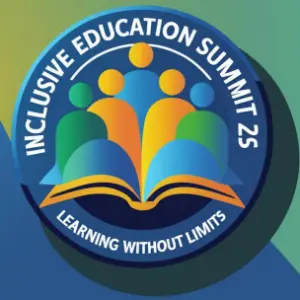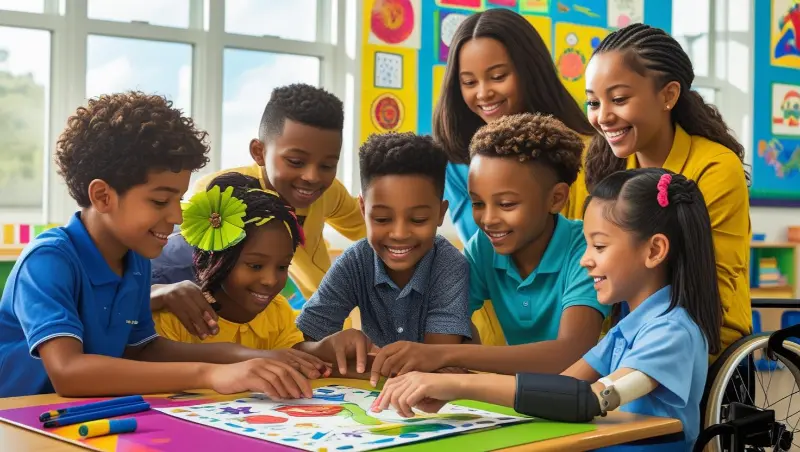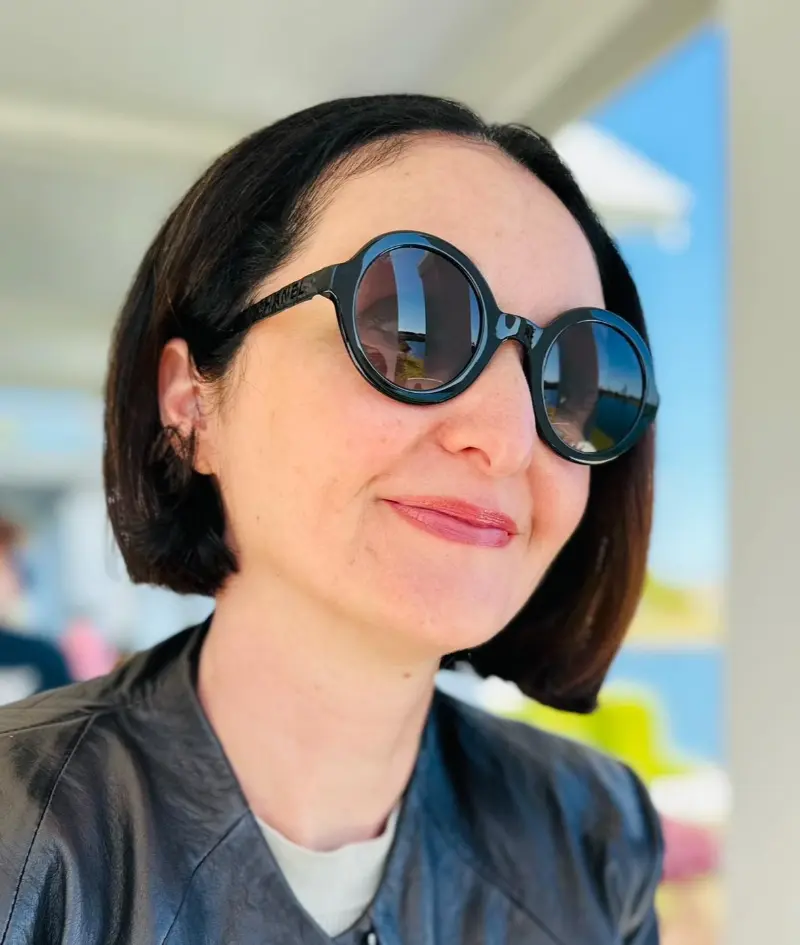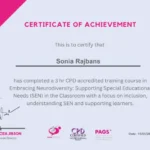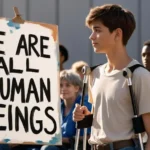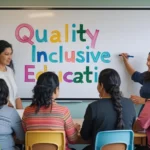Understanding inclusive education – The Social Model of Disability
Inclusive education is more than just including students in mainstream classrooms and providing accommodations. To be truly inclusive requires us to create environments where all learners feel valued and supported and feel a genuine sense of belonging. It is about creating environments where students thrive and not just survive. Central to this approach is understanding disability through the social model of disability, which views societal barriers as disadvantages that impact genuine inclusion. For example, in educational contexts, societal barriers can be in the form of inaccessible curricula, inflexible teaching methods, stigma and negative attitudes and lowered expectations. By being aware of these barriers and addressing them, schools can foster genuine inclusion where every student can participate, contribute meaningfully and form social connections.
Shifting mindsets from a deficit-based view of disability to a strengths-based approach, one that focuses on students’ interests, abilities, and individual ways of learning, not only empowers students but also enriches the entire learning community and supports overall wellbeing. I encourage schools and educators to reflect on current practices and recognize that inclusion goes beyond access and support. Inclusion is also about fostering a true sense of belonging. It is important to remember that being included in a space is not the same as being accepted. Creating genuinely welcoming environments where all students feel safe to be themselves, and are accepted and valued for who they are, is essential for fostering a sense of belonging and enabling every student to thrive.
